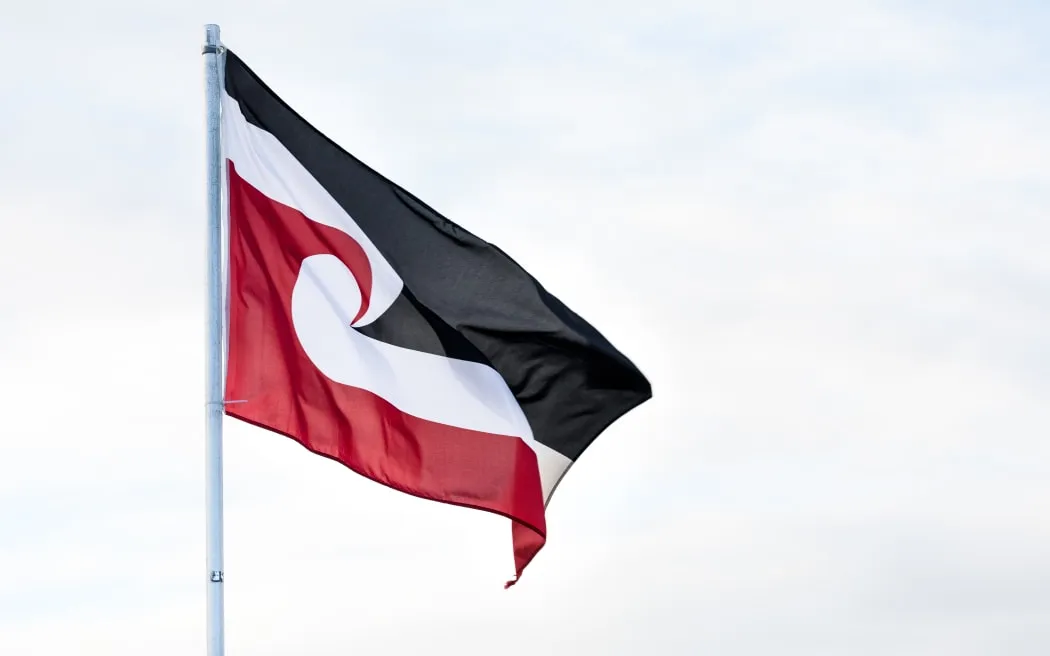The Significance of the Tino Rangatiratanga Flag
The Tino Rangatiratang flag, also known as the Māori flag, is a symbol of liberation and identity for the indigenous people of New Zealand. Its creation began in 1989, when members of Te Kawariki, a political group, launched a flag competition. The flag was first unveiled on Waitangi Day in 1990, the 150th commemoration of the signing of Te Tiriti o Waitangi.
Design and Meaning
The design of the Tino Rangatiratanga flag is rich in meaning. According to Linda Munn, one of the creators of the flag, it represents the balance of natural forces with each other. The colours of the flag have specific meanings: black represents Te Korekore, the realm of potential being; white represents Te Ao Mārama, the realm of being and light; red represents Te Whei Ao, the realm of coming into being.
The Koru, a spiral shape at the top of the flag, represents the unfolding of new life, renewal, and the promise of hope for the future. The flag’s design is meant to symbolize the connection between the physical world and the spiritual world.
Significance in Modern Times
In modern times, the Tino Rangatiratanga flag has become an important symbol of Māori identity and culture. It is flown at Māori events and gatherings, and is often displayed alongside other national symbols.
The flag’s significance extends beyond its cultural importance. It also represents the struggle for self-determination and recognition by the indigenous people of New Zealand. The Tino Rangatiratanga flag is a powerful symbol of the desire for autonomy and sovereignty over their own lands and resources.
Importance in Education
The Tino Rangatiratanga flag is an important part of Māori education and cultural heritage. It provides an opportunity for students to learn about the history and significance of the flag, as well as the values and principles that it represents.
In conclusion, the Tino Rangatiratanga flag is a symbol of liberation and identity that holds great significance for the indigenous people of New Zealand. Its rich design and meaning make it an important part of Māori culture and education. By understanding the history and significance of the flag, we can better appreciate the importance of self-determination and recognition for all indigenous peoples.
The Creation of the Tino Rangatiratanga Flag
Hiraina Marsden, Jan Dobson, and Linda Munn created what we know now as the ‘Tino Rangatiratanga’, and Munn owns the copyright. The flag was first unveiled on Waitangi Day in 1990.
The Koru represents the unfolding of new life, renewal, and the promise of hope for the future. It can also be interpreted as a depiction of white cloud masses over Aotearoa.
Red represents Te Whei Ao, the realm of coming into being. It symbolises the female element: active, flashing, and emergent. Red represents Papatūānuku, the Earth Mother, the sustainer of all living things. Red is also the colour of earth, from which the first human was created.
The design represents the balance of natural forces with each other. To live is to live with nature. To appreciate life is to understand nature.
Sign-up for Ngā Pitopito Kōrero, a daily newsletter curated by our editors and delivered straight to your inbox every weekday.

0 Comments